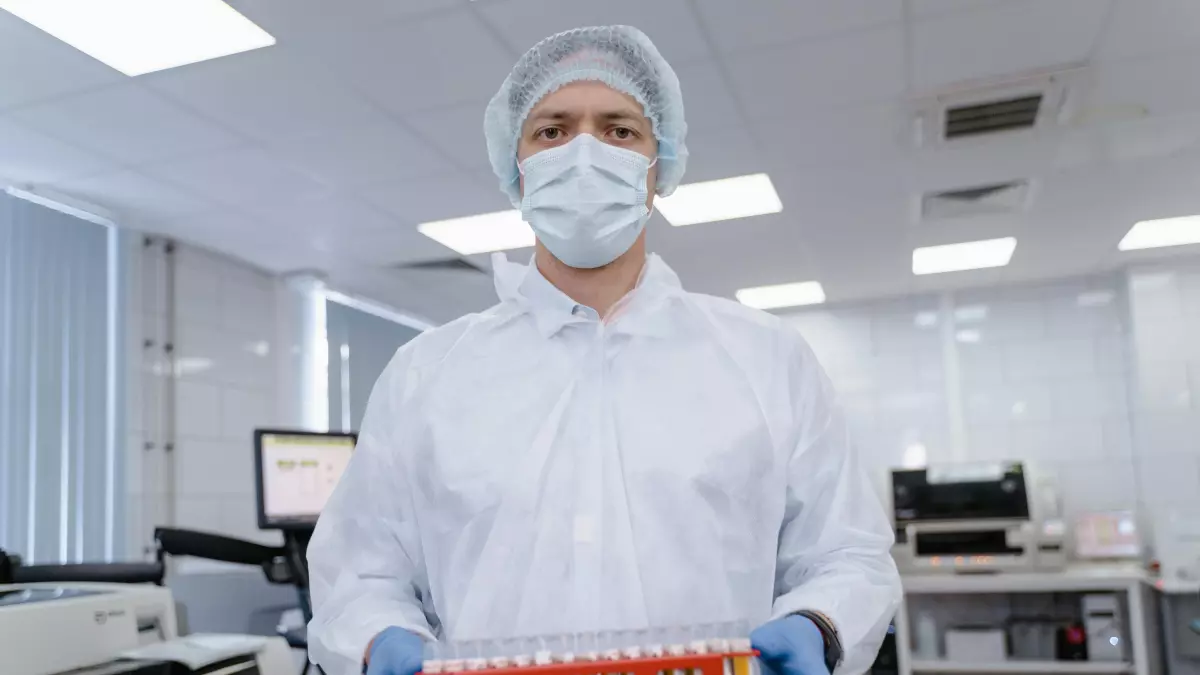Test Before You Trust
"All models are wrong, but some are useful." - George Box

By James Sullivan
George Box, a British statistician, wasn’t talking about machine learning when he said this, but his words have never been more relevant. In the world of machine learning, where models are trained on data to make predictions, the idea that no model is perfect is a hard truth. But here's the catch: just because a model is useful in one scenario doesn’t mean it will work everywhere. That’s where robustness testing comes in.
If you’ve ever deployed a machine learning model, you know the anxiety that comes with it. Will it work as expected? Will it break under unforeseen conditions? Robustness testing is like the ultimate stress test for your model, ensuring it can handle the unexpected and still deliver accurate results. Let’s dive into why this is so crucial and how you can implement it effectively.
What Exactly Is Robustness Testing?
Robustness testing is the process of evaluating how well a machine learning model performs when exposed to noisy, incomplete, or adversarial data. Think of it as throwing curveballs at your model to see if it can still hit a home run. It’s not just about accuracy on clean, well-structured data; it’s about how your model behaves when things go sideways.
For example, imagine you’ve trained a model to classify images of cats and dogs. It works great on your test set, but what happens when someone uploads a blurry image or one with a weird filter? If your model crumbles under these conditions, it’s not robust. And in the real world, data is rarely perfect.
Why Robustness Matters More Than You Think
Here’s the thing: your model might be a rockstar in the lab, but the real world is messy. Data can be noisy, incomplete, or downright adversarial. If your model can’t handle these imperfections, it’s going to fail—maybe not immediately, but eventually. And when it does, the consequences can be disastrous, especially in high-stakes industries like healthcare, finance, or autonomous driving.
Imagine a self-driving car misclassifying a stop sign because of a sticker placed on it. Or a medical diagnosis model giving a false negative because the input image was slightly distorted. These are not just hypothetical scenarios; they’ve happened. Robustness testing helps you catch these potential failures before they happen in the wild.
How to Implement Robustness Testing
Alright, so robustness testing is important. But how do you actually do it? Here are some key strategies:
- Adversarial Testing: This involves deliberately introducing small perturbations to your input data to see how your model reacts. For example, you could slightly alter pixel values in an image or add noise to a dataset. If your model’s performance drops significantly, it’s a sign that it’s not robust.
- Out-of-Distribution Testing: In this method, you test your model on data that it wasn’t trained on. For instance, if your model was trained on high-resolution images, try testing it on low-resolution ones. This will help you understand how well your model generalizes to new, unseen data.
- Noise Injection: Add random noise to your input data to simulate real-world imperfections. This could be anything from sensor errors to environmental noise. The goal is to see if your model can still make accurate predictions even when the data isn’t perfect.
- Stress Testing: Push your model to its limits by feeding it extreme or edge-case inputs. This could be data that’s way outside the normal range or highly unusual cases. The idea is to see if your model can handle these extreme conditions without breaking down.
Common Pitfalls to Avoid
While robustness testing is a powerful tool, it’s not foolproof. Here are some common mistakes to watch out for:
- Overfitting to Adversarial Data: It’s easy to get carried away with adversarial testing and end up overfitting your model to these specific perturbations. Remember, the goal is to make your model robust to a wide range of conditions, not just the ones you’ve tested.
- Ignoring Real-World Scenarios: Don’t just focus on synthetic tests. Make sure to include real-world scenarios in your robustness testing. For example, if you’re building a model for autonomous cars, test it on real-world road conditions, not just simulated ones.
- Neglecting Edge Cases: It’s tempting to focus on the 80% of cases where your model performs well, but the real danger lies in the 20% of edge cases. Make sure your robustness testing covers these rare but critical scenarios.
The Future of Robustness Testing
As machine learning models become more integrated into our daily lives, the importance of robustness testing will only grow. We’re already seeing advancements in automated robustness testing tools, which can help identify weaknesses in models without requiring extensive manual effort.
In the future, we might even see regulatory requirements for robustness testing in certain industries, much like how software systems are required to undergo security testing today. After all, if we’re going to trust machine learning models with critical decisions, we need to be sure they can handle the unexpected.
So, before you deploy your next machine learning model, ask yourself: have you tested its robustness? Because in the real world, it’s not just about being right—it’s about being reliable.





